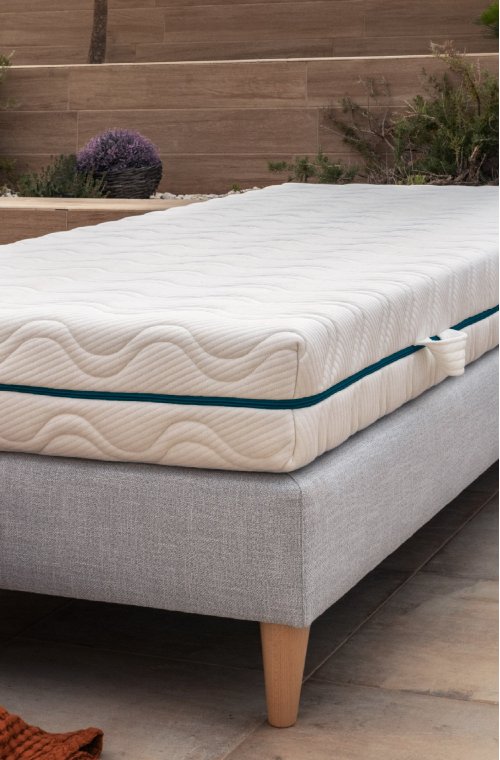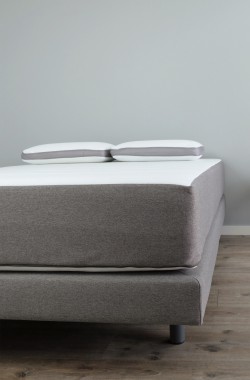
Choosing a children’s bed rail
Between the ages of 18 months and 2 years, children often feel cramped in their cribs and may even try to climb the bars of the crib. If this is the case, don't wait, change the baby's bed for a child's bed before an accident happens.
But the passage in a child's bed is sometimes complicated, baby often feels a little lost in his big bed, he is no longer held by the bars of the bed and can sometimes fall out of bed. To limit falls, there are two solutions: choose a Tipi bed with a mattress close to the floor or install a bed barrier.
The bed barrier, an anti-fall safety device
When a child changes from a small baby bed to a junior bed, he is no longer protected by the bars, the risk of falling is therefore increased, especially since children often have a restless sleep. To avoid falls, it is imperative to install a bed barrier while the child gets used to his new sleeping space. This way, the child can sleep peacefully and so can the parents!
Which bed rail should I choose?
There are many models of bed rails, in different materials: plastic, textile (net) or wood. The most important thing is that it is approved for children from 18 months to 5 years old and that it complies with NF or CE standards, a guarantee of quality and safety.
To ensure a more natural environment in the children's room, choose a solid wood bed rail with a special solvent-free paint for children.
| Barrieranti-fall bed barrier in beech.The bed barrier is the essential accessory to secure the sleep of children when moving from a bed with bars to a junior bed. |
How to install a bed barrier ?
Bed rails can be easily installed on any type of bed, whether it's an evolving bed or a junior bed. Some bed rails are fixed directly to the bed's base by screwing, others are installed without screws by simply wedging them between the base and the mattress. The latter are the easiest to use and are perfectly stable as long as the mattress is heavy enough.


















